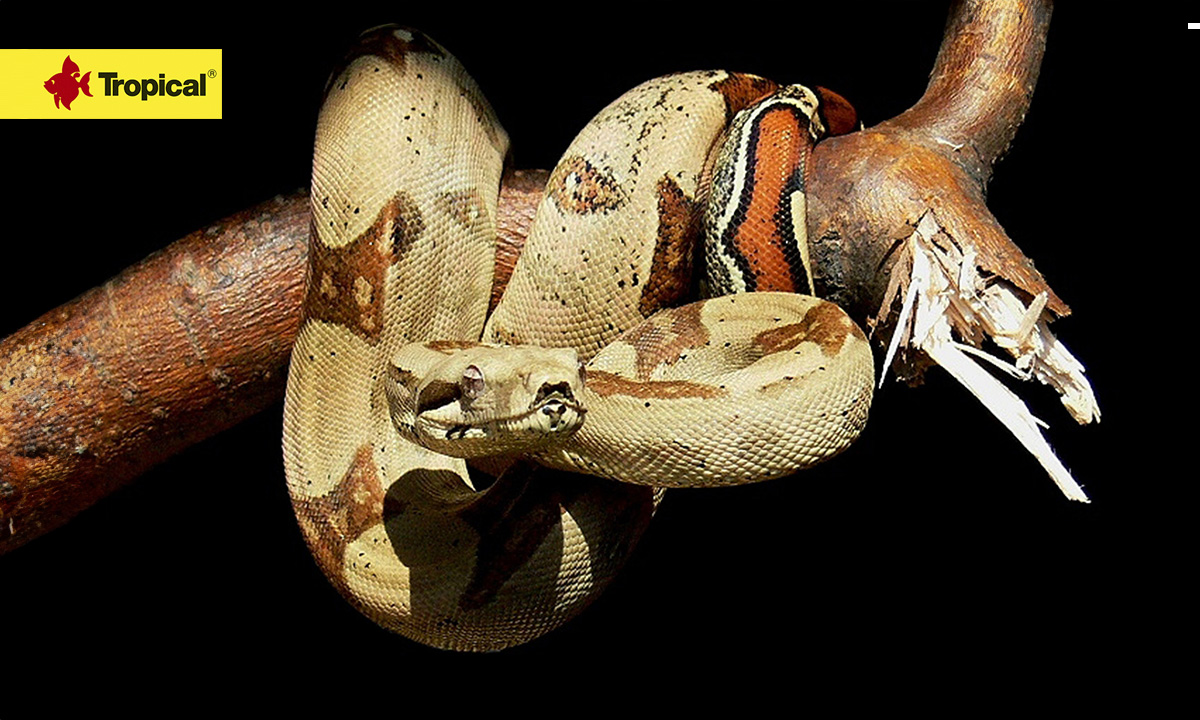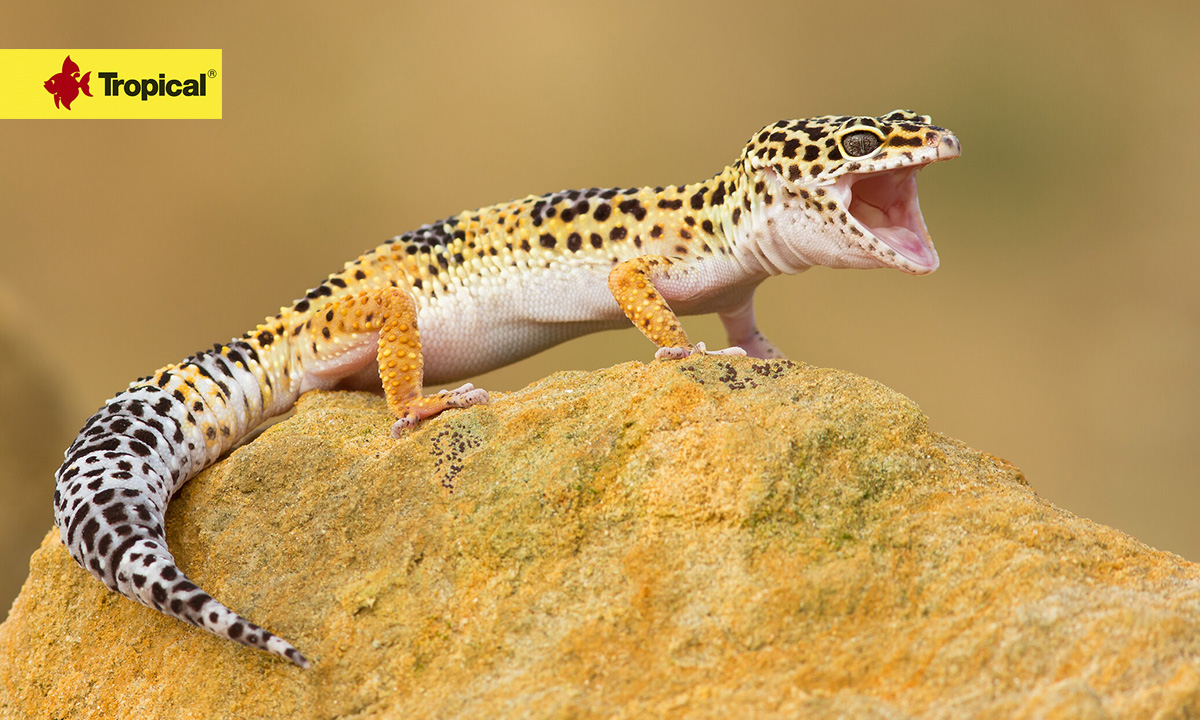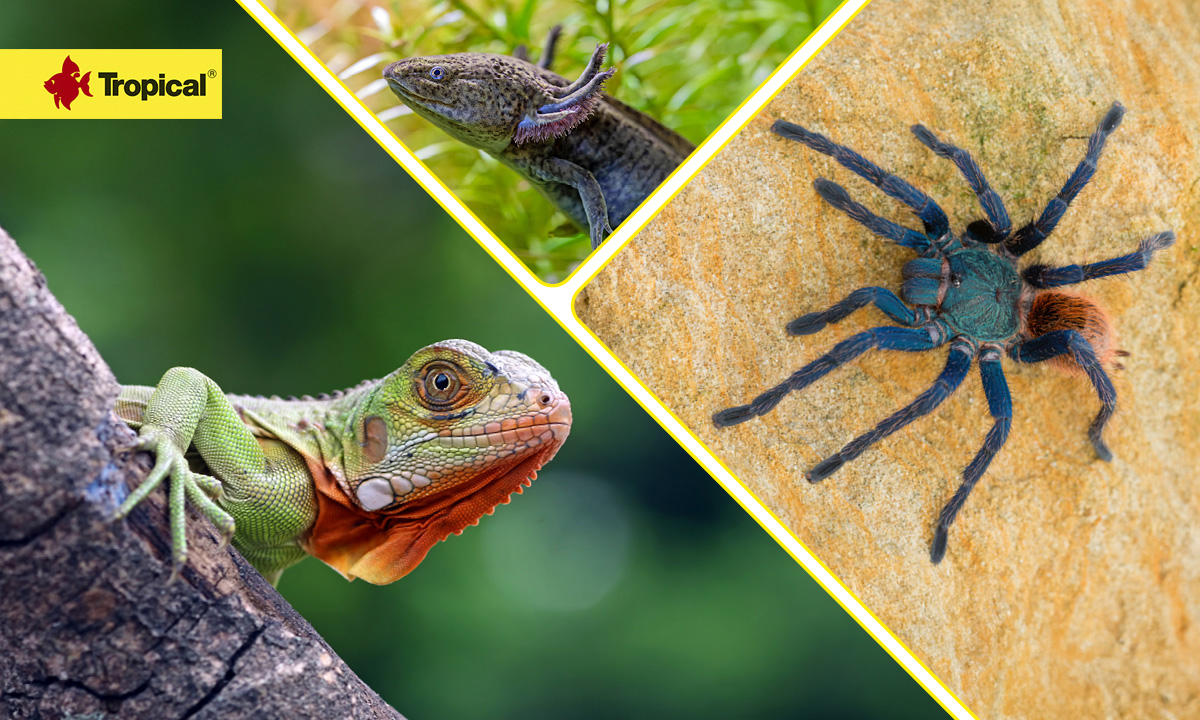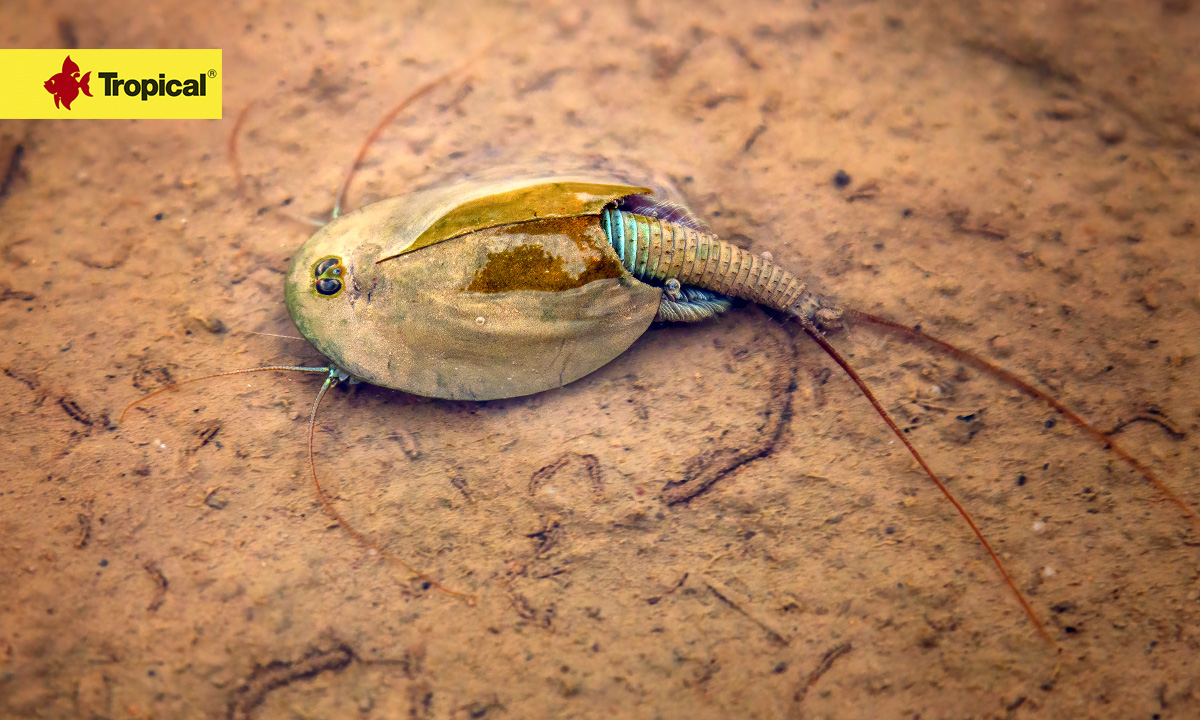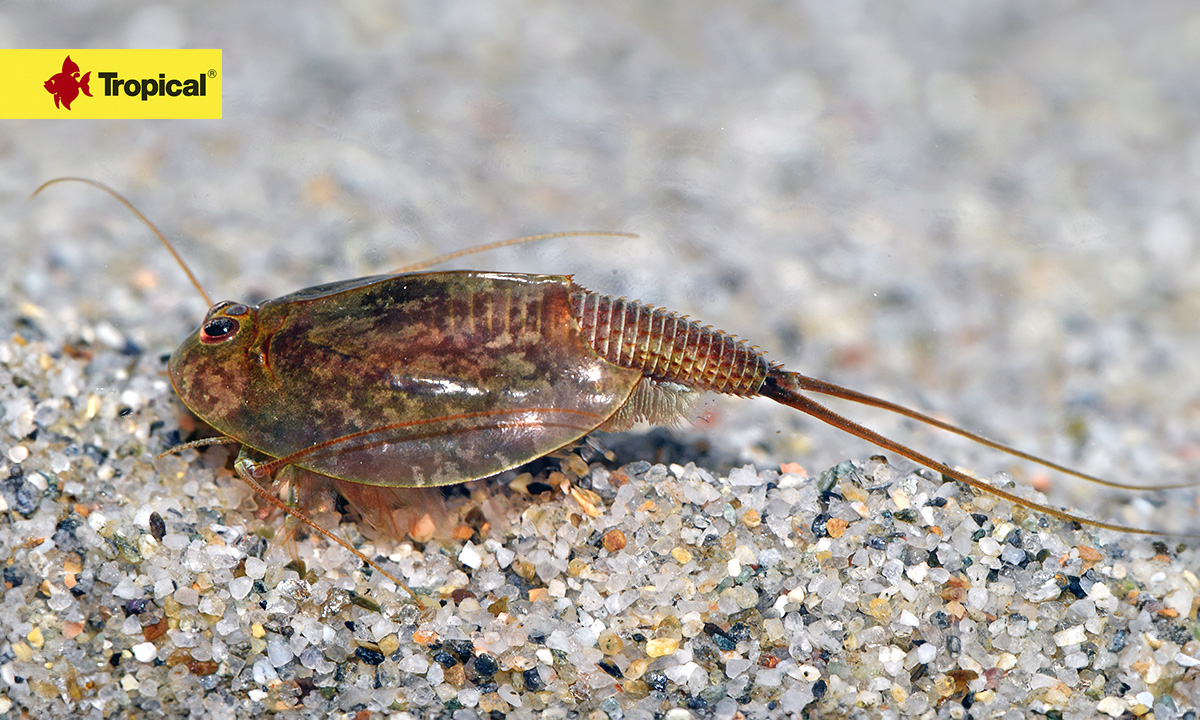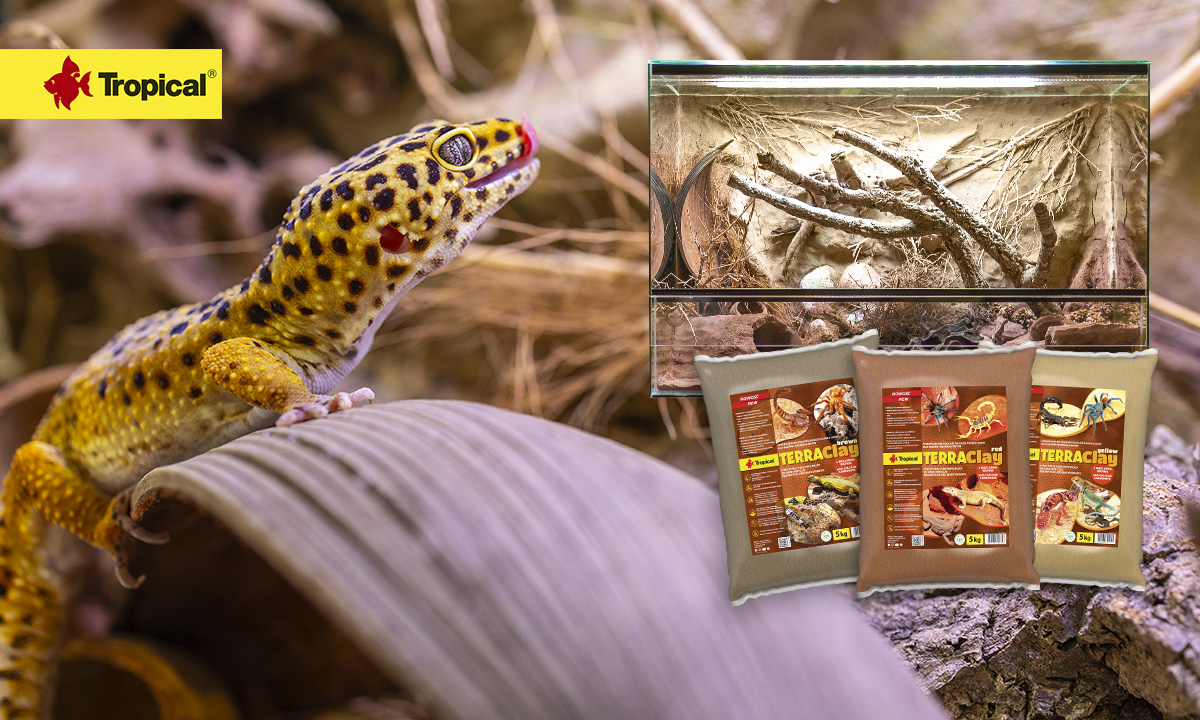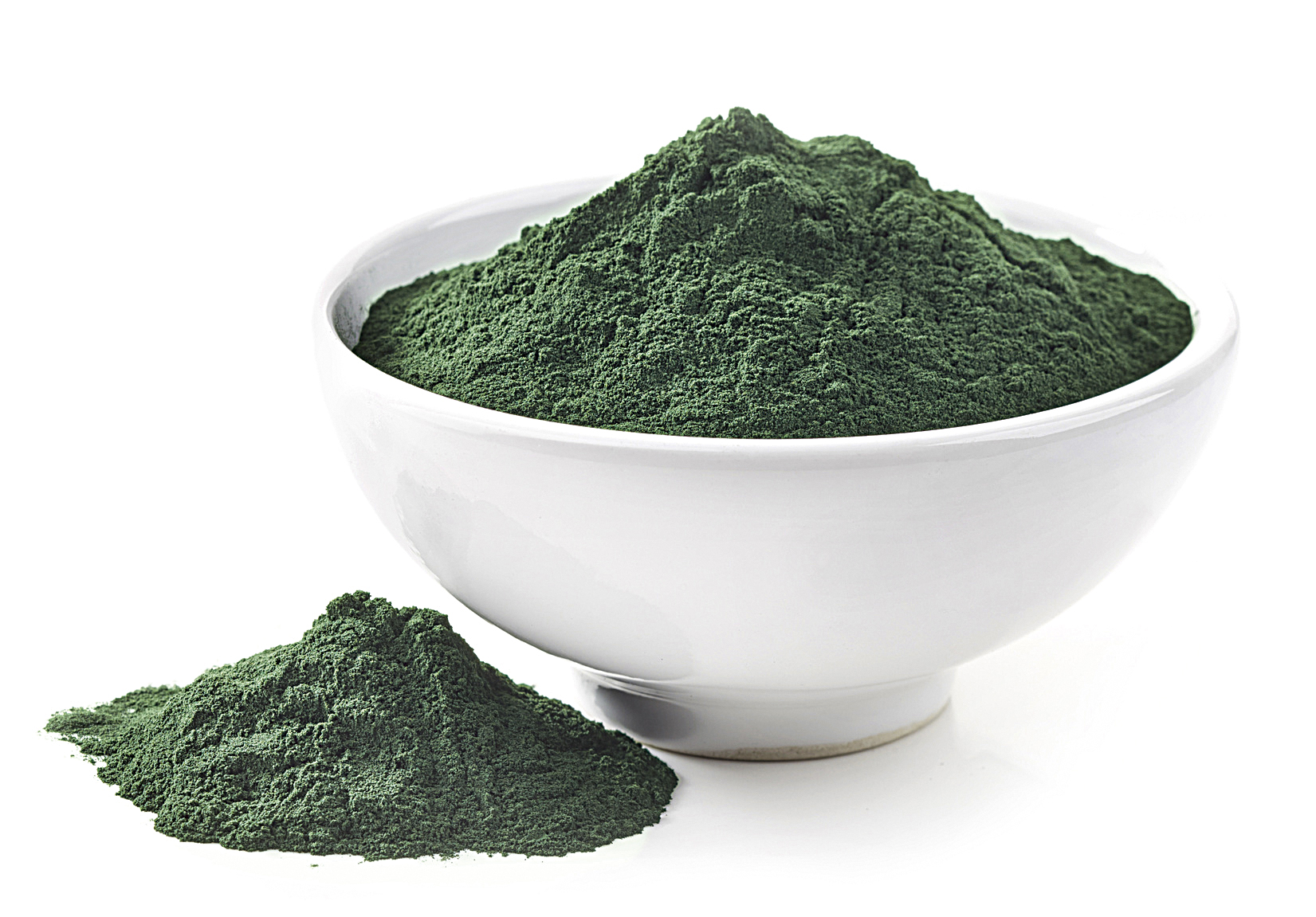Algae in fish diet
Algae in the diet of ornamental fish are a source of protein and valuable components, which are attributed with pro-health effects, improving fish’s condition, resistance and coloration. Although the different species of algae vary considerably in their protein content and composition, they generally seem to contain all amino acids, which are essential for fish. Algae in the fish diet are thus a much more valuable component compared to other plant raw materials used as a source of protein.
Spirulina (Arthrospira platensis)
The most commonly used algae in fish diet is spirulina (Arthrospira platensis). Initially, the main reason for the interest in spirulina was the extremely high protein content in its cells, which oscillates between 55% and 70%. This is impressive compared to the protein content of meat (15-25%) or soy (35%). In addition, spirulina protein is much more valuable than plant proteins, even those derived from legumes. Spirulina was also found to contain high amounts of pigments such as chlorophyll, caretonoids and phycobilins.
Remember that the presence of carotenoids in fish food is essential as they stimulate the immune system, protect valuable cell components from free radicals and some of them are the source of vitamin A. They also play an important role in the process of maturation and reproduction and protect the skin and eggs from UV radiation. Fish cannot synthesize carotenoids, so they must receive them with food. Colourful breeding varieties of ornamental fish are particularly demanding in this respect. The highest content of Spirulina can be found in Super Spirulina Forte (available in the form of flakes, granules, mini granules, chips and tablets), Pleco’s Tablets, Hi-Algae Discs XXL and Marine Power Spirulina Formula Granules. A high content of these algae can also be found in Gel Formula for herbivorous fish (25%). If you want to know more obotu spirulina read the article Spirulina – super alga for aquarium fish.
Chlorella (Chlorella vulgaris)
Chlorella is a unicellular, freshwater algae of green algae class (Chlorophyta). In dry matter chlorella can contain 45-57% protein rich in essential amino acids and high chlorophyll content (about 2% of dry matter). Chlorophyll facilitates digestion, reduces the number of putrefying bacteria in the gastrointestinal tract, acts as an antioxidant and helps to cleanse the body of toxins. Chlorella is also credited with health-promoting and colour-enhancing properties. Chlorella can be found, among others in 3-Algae Gramulat.
Kelp algae
Kelp algae are a mixture of seaweeds belonging to the brown seaweeds that are rich in minerals, including well-absorbed organic iodine compounds, vitamins, dietary fiber, and pigments such as fucoxanthin and chlorophyll. The dietary fiber present in marine algae can account for 33 – 50% of tits dry matter. This is considerably more than is found in higher plants. Kelp algae contain two types of dietary fiber: insoluble (cellulose, mannan, xylan) and soluble, for example, alginic acid, fucoidin and laminarin. Dietary fiber prolongs intestinal transit time, supports development of beneficial intestinal bacterial flora, binds bacterial toxins and heavy metal ions.
Numerous studies indicate the antibacterial and antiviral properties of alginic acid, fucoidin and laminarin and their positive effects on the immune system. Tropical uses two species of marine macroalgae recognized as Kelp algae in its foods, these are: Ascophyllym nodosum and Laminaria digitata. They can be found, among others in the following foods: 3-Algae Flakes, Hi-Algae Discs XXL and Hi-Algae Discs.
Lithothamnium calcareum
They are small marine algae that have long been mistaken for corals because of the carbonate structures they produce. Live algae are purple-red in color and grow slowly, accumulating macro- and microelements. They are an excellent source of calcium, magnesium, manganese, molybdenum, iron, fluorine, phosphorus, potassium, iodine, zinc, selenium and cobalt. Due to their organic origin, these elements are highly bioavailable. Lithothamnium calcareum is added, among others to the food Soft Line Africa Herbivore S.
If you found the text about algae in fish food interesting, you may have herbivorous fish swimming in your aquarium. Check out What to feed herbivorous aquarium fish?

